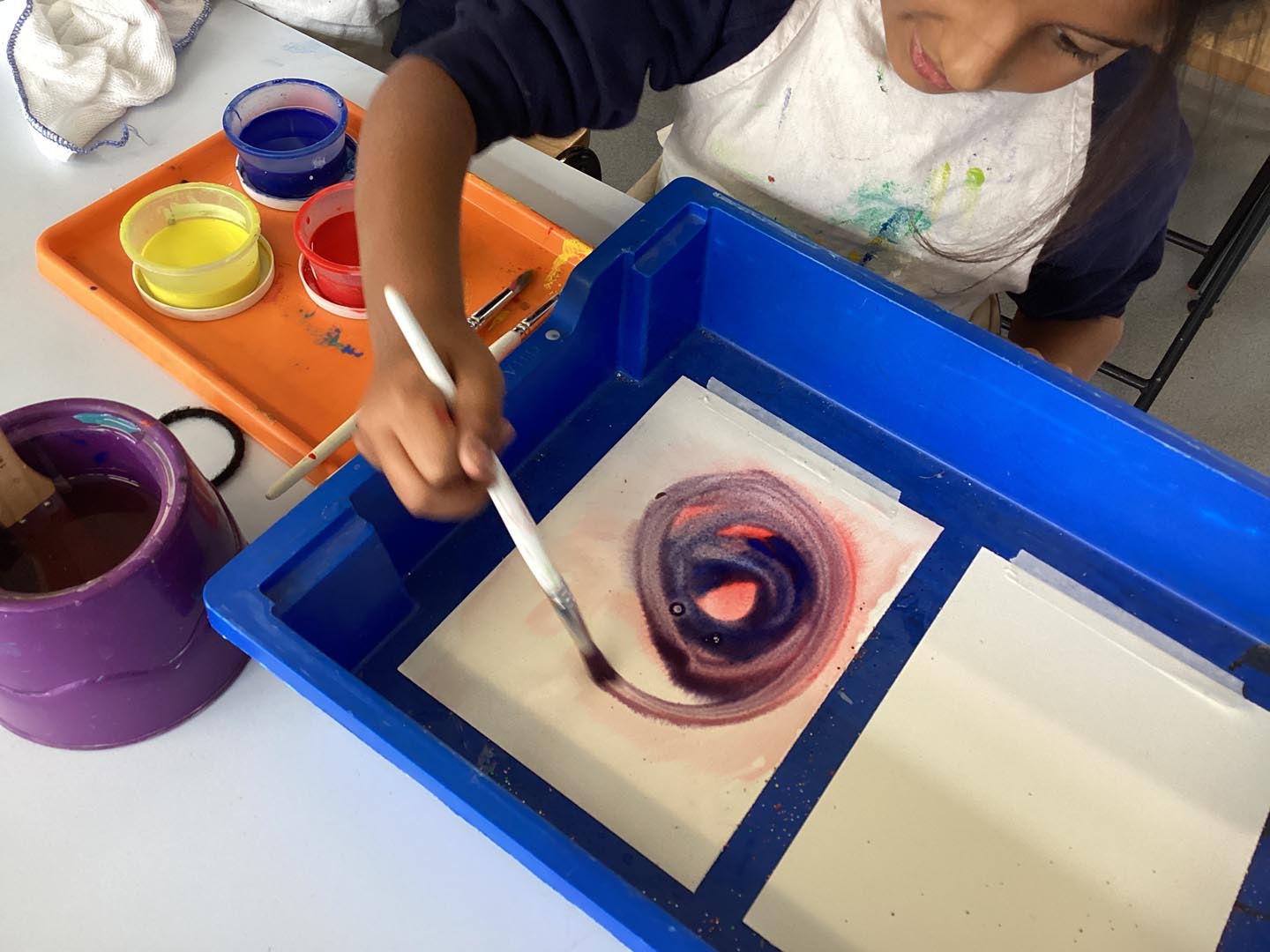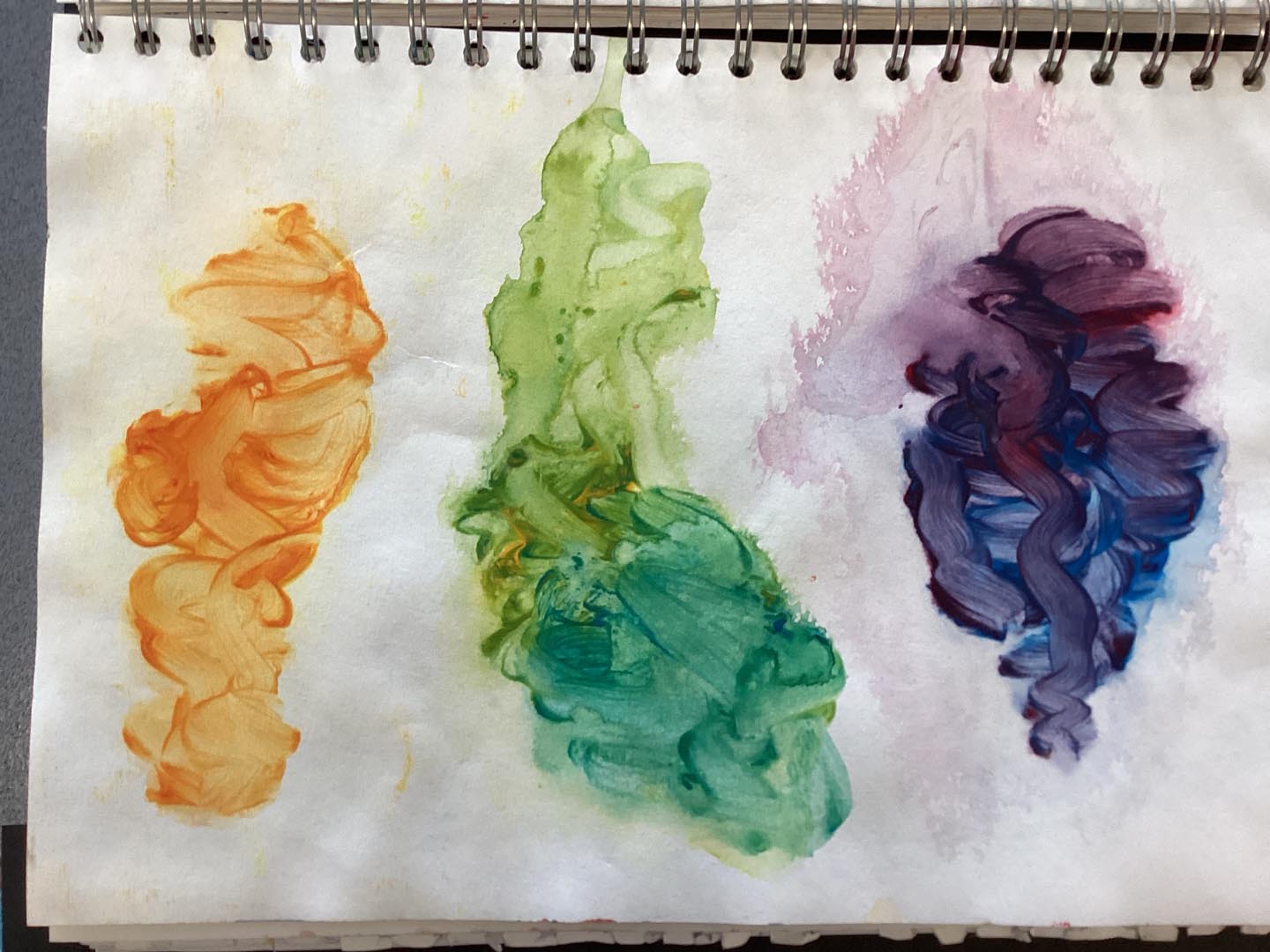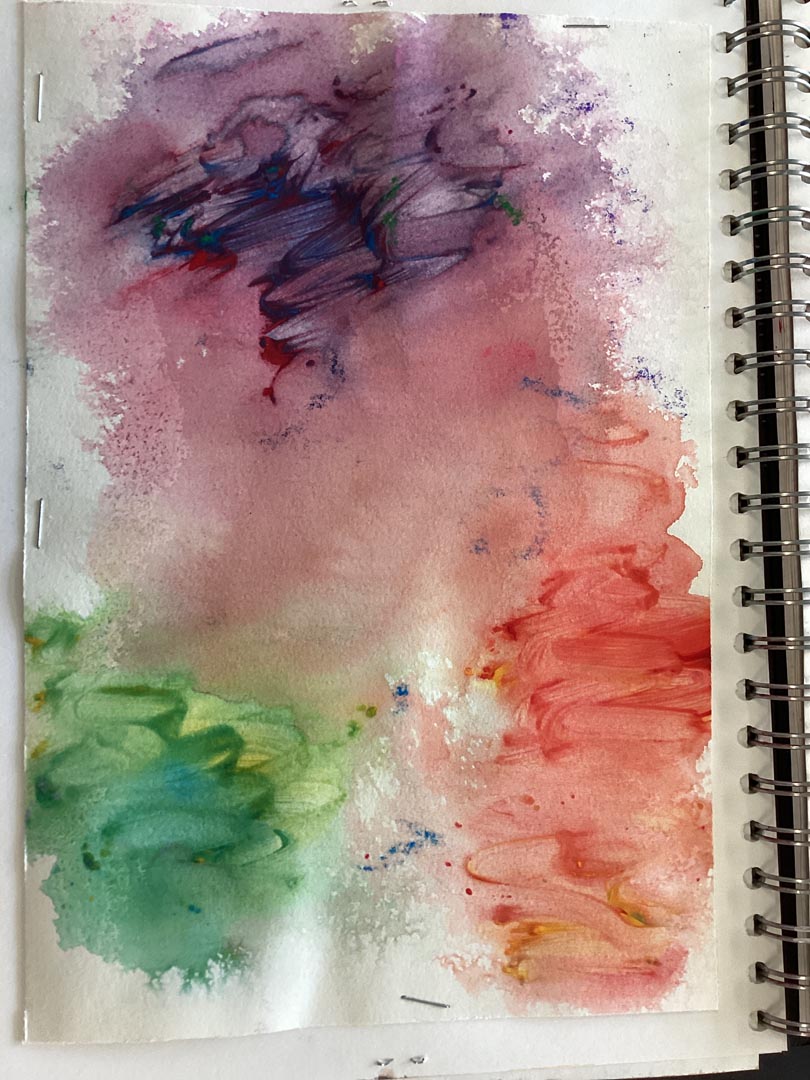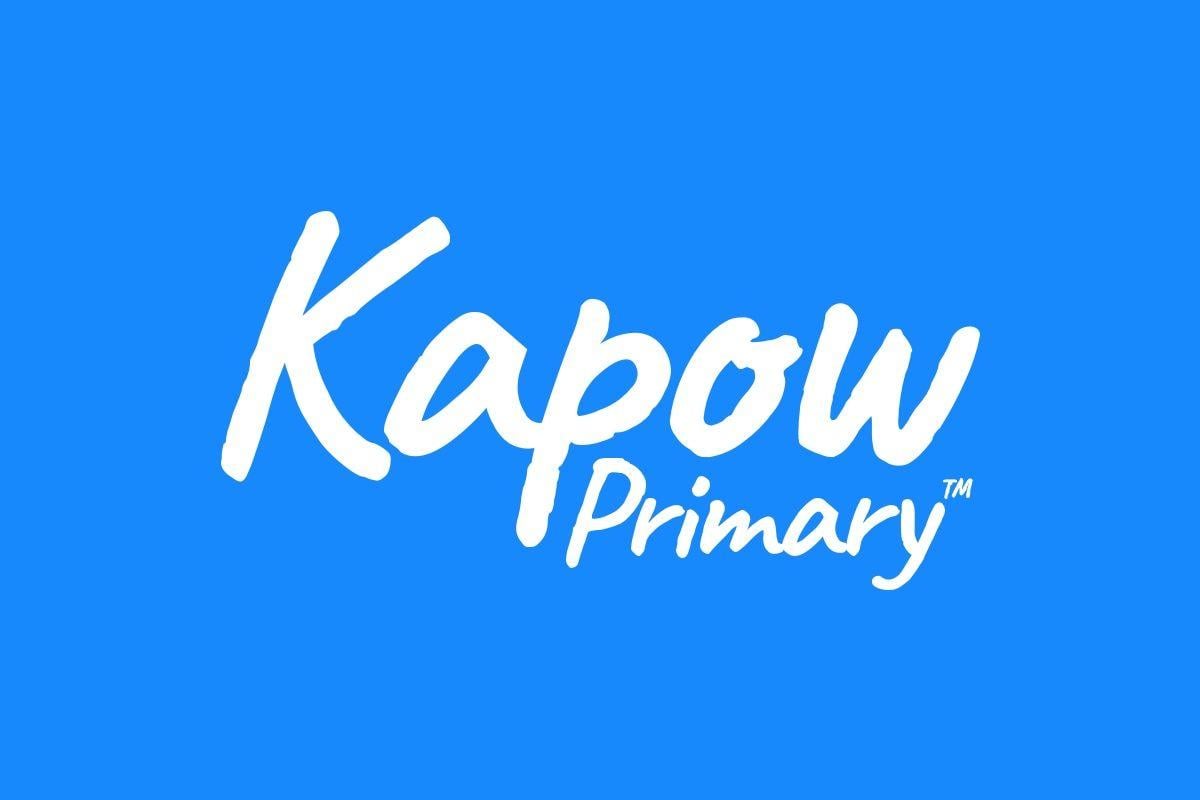Learning objective
- To develop knowledge of colour mixing.
Success criteria
- I can name
This content is for subscribers only. Join for access today.
National curriculum
Art and design
Key stage 1
Pupils
This content is for subscribers only. Join for access today.
Cross-curricular links
None.
This content is for subscribers only. Join for access today.
Before the lesson
This content is for subscribers only. Join for access today.
Lesson plan
Recap and recall
Before starting this unit, you might want to check that children can recall: That the three primary colours are red, yellow and blue. That the three secondary colours are green, orange and purple. How to mix primary colours to make secondary colours. How to make different shades of one secondary colour.
This content is for subscribers only. Join for access today.
Extended-mode explainer videos
How to extend your display to view the lesson page and preseantion mode simultaneously. Choose your operating system below to watch the video
If you need further support with extending your display,
please contact [email protected].
Extended-mode explainer video: For Mac
Extended-mode explainer video: For Windows
Differentiation and assessment
Pupils needing extra support:
Some pupils may need prompts for how to adapt secondary colours, for example, ‘How could you make a lighter orange? What will happen if you add blue to that purple?’
Pupils working at greater depth:
Ask pupils to explain the changes they see when colours mix, using precise language. Challenge them to compare two similar colours and talk about differences they notice.
This content is for subscribers only. Join for access today.
Assessing progress and understanding
Pupils with secure understanding indicated by: being able to name
This content is for subscribers only. Join for access today.
Vocabulary definitions
-
mixing
Combining paint colours.
-
primary colour
Red, yellow and blue; the colours from which all other colours are mixed.
This content is for subscribers only. Join for access today.
Example work

Montem Academy, Slough

Montem Academy, Slough

Montem Academy, Slough
This content is for subscribers only. Join for access today.

